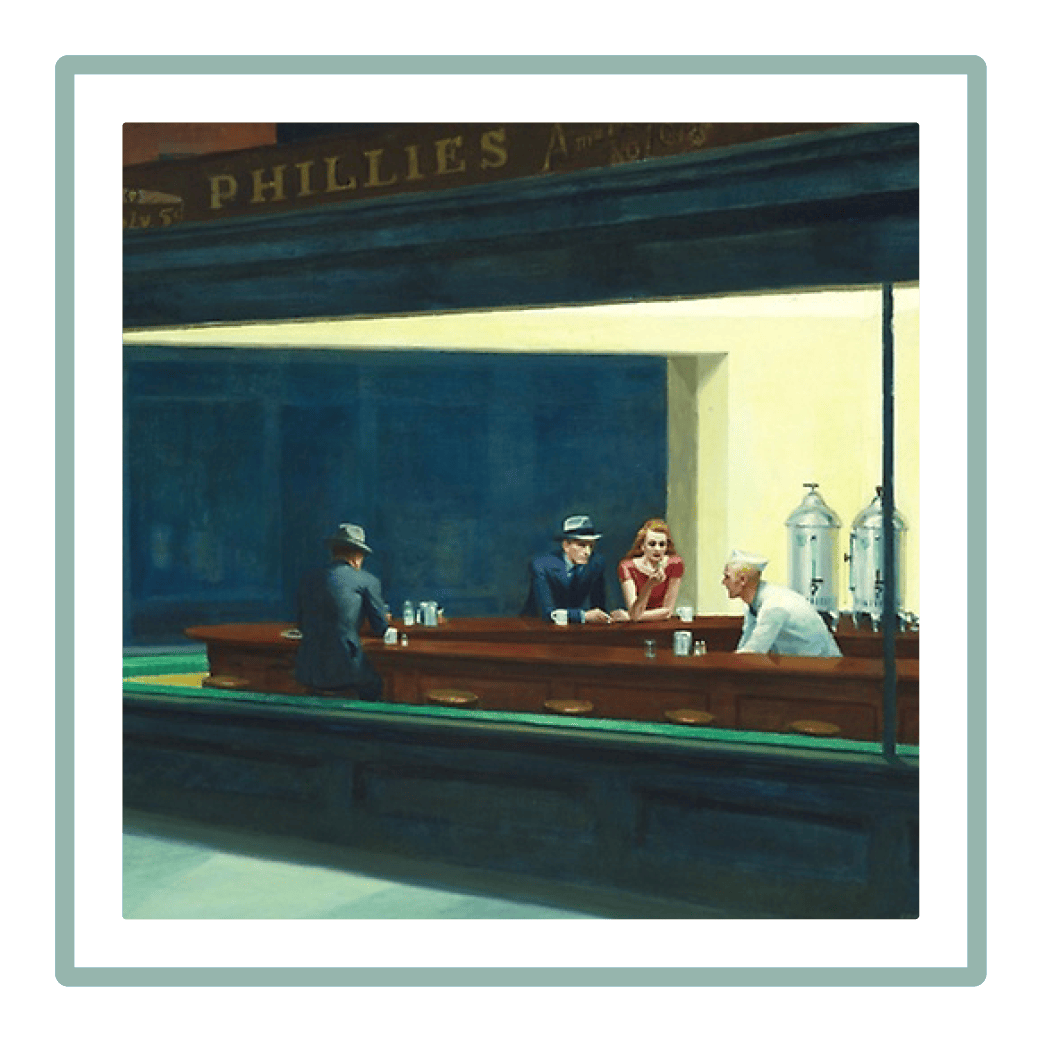Posted in: Aha! Blog > Wit & Wisdom Blog > Assessments > Two Teachers Share How Adopting Wit & Wisdom® Shifted Test Preparation
Over a decade ago, E.D. Hirsch and Robert Pondiscio argued that reading tests are actually tests of knowledge. In other words, the more a student knows, the better that student performs on reading assessments. Making a good inference, for example, requires using what you know about a topic to make connections with and conclusions from the author’s ideas. Because state tests use passages about various topics, the tests privilege students with the widest background knowledge. If students haven’t learned about animal adaptations, the American Civil War, or geographical features, they might not have the needed background knowledge to make sense of a test passage.
In a more recent article, Hugh W. Catts argues that educators must shift how we view, teach, and assess reading comprehension. Comprehension is not a set of skills to develop and transfer from passage to passage. Rather, comprehension is a product of the reader, text, and purpose for reading and requires the reader to integrate skills, access prior knowledge, and build new knowledge to accomplish the intended purpose.
A curriculum such as Wit & Wisdom builds students’ knowledge from Kindergarten on—and many schools are embracing the cognitive science and shifting from unaligned practices. This month, Great Minds asked educators to reflect on how adopting Wit & Wisdom has shifted their approach to preparing for high-stakes state assessments. The following reflections from two instructional coaches, Andrea Querry and Regina Jones, demonstrate how Wit & Wisdom's knowledge building and skill integration benefit students on state assessments.
Regina Jones, Maryland
January through March is the proverbial “test prep” season. When I moved from teaching second grade to teaching third and fourth grade, I used these three months to prepare my students for high-stakes standardized testing. I pulled out all the stops. I took my students' benchmark assessment data and analyzed the standards and skills they scored the lowest on. Then I found the practice books and reading passages to drill comprehension skills—finding the main idea, inferring, drawing conclusions, and identifying the author’s purpose. And I must admit, I thought I was doing it right! My students had some of the highest scores in the district with more than 50% scoring proficient or advanced. This was not good enough, but nevertheless, I was doing the best I knew to do.
I tried to include interesting topics. At the time, I did not know the research on the importance of knowledge building for literacy. I was simply trying to teach my students information about the world that I thought they should know. In January, I pulled articles about how different countries and cultures celebrated the New Year, and then students compared those celebrations. We read about Martin Luther King Jr. and drew conclusions about his beliefs from speeches. In February, we read about important people in Black history and about presidents on President’s Day, all while practicing skills. In my mind, students were getting the best of both worlds; they were learning about different topics and practicing for high-stakes testing.
This was before the Common Core State Standards (CCSS). The first year my students piloted the PARCC assessment, it hit me—my strategies would no longer work. My piecemeal, Google™-driven, best-intentioned, teacher-created curriculum that was focused primarily on comprehension skills was not what my students needed.
Before my district adopted Wit & Wisdom, the district office created a curriculum based on the texts listed in the CCSS appendices, a published word study program, and a separate writing program. Each resource had merits, but the mix lacked cohesion. Students were at a disadvantage because the PARCC test would never ask students to analyze isolated vocabulary or write about a topic unrelated to a reading passage. Luckily, after a few clumsy starts trying to use district-created curriculum and performance-based assessments that met the CCSS’s rigor, my district adopted Wit & Wisdom. The integrated approach of using knowledge to drive reading, writing, speaking, and listening instruction is one of many reasons our district selected the curriculum.
Wit & Wisdom offers opportunities in each module to assess students on rigorous grade-level standards and prepare students for high-stakes testing. Two Wit & Wisdom assessments include items students might see on state tests and give teachers a window into students’ comprehension. Teachers give New Read Assessments two or three times per module, which allows teachers to gauge students' ability to apply their content knowledge to a new passage. We call these assessments “warm reads” because students know the topic but not the passage. The Question Sets, or “hot reads” because students are familiar with the passages, provide students with the chance to practice responding to items like those on statewide assessments.
As we enter test prep season this year, let us continue with the curriculum—expanding students’ knowledge by listening to and reading, writing, and speaking about important and interesting topics. I look forward to talking to third graders about immigrant experiences, watching fourth graders explore the origins of the American Revolution, and listening to eighth graders argue the meaning of love—all of which will broaden their knowledge, build their vocabulary, and develop their critical thinking. This spring, our students will be ready to transfer their knowledge to the new texts they encounter on the high-stakes assessment.
Andrea Querry, Arizona
In education, the word testing can elicit a quick reaction from teachers and students, from an eye roll, clenched teeth, deep breaths, to even an audible groan.
When I was a grade 7 and 8 English language arts teacher, springtime flowers blooming meant state testing would soon consume my thoughts and actions. Anxiety ran high as staff conversations, planning, emails, and meetings turned to how to prepare for high-stakes tests. Even morning announcements stressed the importance of a good night’s sleep and a healthy breakfast. Our administration stressed the importance of performing well and prepping students for the assessment through whatever means necessary. As a new teacher, I wasn't entirely sure what prepping should entail, so I did what any good learner does—I recalled my own experiences as a student, reached out to colleagues, and researched the topic.
My first reaction, and I’m sure that of many educators, was to switch to a “drill and kill” type of instruction. I shifted from delivering our regular curriculum to pushing core foundational skills, incorporating grammar and paragraph-writing worksheets into daily instruction, and revisiting former lesson plans to do a final push of key concepts that I was worried students had forgotten. I pulled out lesson plans related to all the isolated skills I expected to see on the test—evidence-based writing, figurative language, author’s purpose, plot structure, characterization—basically anything I envisioned potentially being on the assessment without knowing what was actually on it. Our school’s results remained stubbornly plateaued. And, every year, by the time scores were available, those students were out of my classroom.
Honestly, though, if I had not shifted to “drill and kill” test prep and instead continued with my regular curricular approach, my students would not have been better served. Our curriculum was a district-created map that detailed each week’s instructional focus on one or two standards. Each week culminated with a five-question assessment intended to show whether students mastered that standard or those standards. Five questions. That was it. That was our measure for whether our students were gaining the necessary knowledge and skills. At the time, we did not realize the larger problem—that this curriculum map compelled us to teach standards in an isolated, skills-focused manner.
We needed an impactful change, but what type of curriculum could help? Wit & Wisdom was the answer.
This knowledge-building curriculum shifted our instructional practices and mindsets from our previous normal. Unlike our previous approach of teaching isolated standards, our new curriculum wove together reading, writing, speaking and listening, language, and vocabulary through complex texts centered on a topic. The Wit & Wisdom adoption was met with some resistance, as change often is, but the impact was greater than we could have imagined.
As our district prepared to implement Wit & Wisdom, I transitioned from teaching to instructional coaching, and in this role, I observed these shifts in the teachers I coached. When testing season arrived and teachers asked questions about how to prepare students for testing, I was ready.
My advice? We could focus on the skills and knowledge students had learned in their daily Wit & Wisdom lessons. Through the Content Stages, students were gathering strategies for tackling complex texts by first identifying points of curiosity they could explore (the Wonder Stage) and then sorting through the basic components of the text to gain an understanding of what they had read (the Organize Stage). Students then used that knowledge to go deeper into the text, analyzing its meaning and making conclusions in the Reveal and Distill stages.
When presented with a writing task, students could also lean on skills learned in Wit & Wisdom. After attending a Writing in Wit & Wisdom professional-learning session, a teacher in our district shared this story: During a district summative assessment, students read an excerpt and constructed a written response. Without prompting, one student drew his own version of a Wit & Wisdom writing model, adding details and information to organize his ideas. The student made this choice, without teacher input, because he had learned and internalized this strategy from a Wit & Wisdom lesson.
For the teachers I coach, Wit & Wisdom opened the door to new approaches that students can rely on to tackle difficult tasks in reading and writing. Students can apply Wit & Wisdom learning to various settings and tasks, further building their confidence when facing a high-stakes test. Our students are ready to take on our state test, strategically, independently, and with confidence.
 About Regina Jones
About Regina Jones
Regina Jones is a literacy coach for Baltimore City Schools and a 2021–2022 Wit & Wisdom Fellow. Before serving as a coach, Regina taught grades 2, 3, and 4 for ten years. She finds joy in supporting teachers with their literacy instruction within her school district and around the country as a Fellow.
 About Andrea Querry
About Andrea Querry
Andrea Querry is a grades K–8 district curriculum coach in the Florence Unified School District in Arizona and a Wit & Wisdom Fellow. She also currently serves as an on-site coach at the Great Minds School, San Tan Heights K–8.
Works Cited
Catts, Hugh W. “Rethinking How to Promote Reading Comprehension.” American Educator, AFT, Winter 2021–2022. https://www.aft.org/ae/winter2021-2022/catts.
Hirsch, E.D., and Robert Pondiscio. “There’s No Such Thing as a Reading Test.” The American Prospect, 14 June 2010. https://prospect.org/special-report/thing-reading-test/.
Korbey, Holly. “Is it Time to Drop ‘Finding the Main Idea’ and Teach Reading in a New Way?” Edutopia, 28 July 2020. https://www.edutopia.org/article/it-time-drop-finding-main-idea-and-teach-reading-new-way.
Submit the Form to Print

Great Minds
Great Minds PBC is a public benefit corporation and a subsidiary of Great Minds, a nonprofit organization. A group of education leaders founded Great Minds® in 2007 to advocate for a more content-rich, comprehensive education for all children. In pursuit of that mission, Great Minds brings together teachers and scholars to create exemplary instructional materials that provide joyful rigor to learning, spark and reward curiosity, and impart knowledge with equal parts delight.
Topics: Assessments










